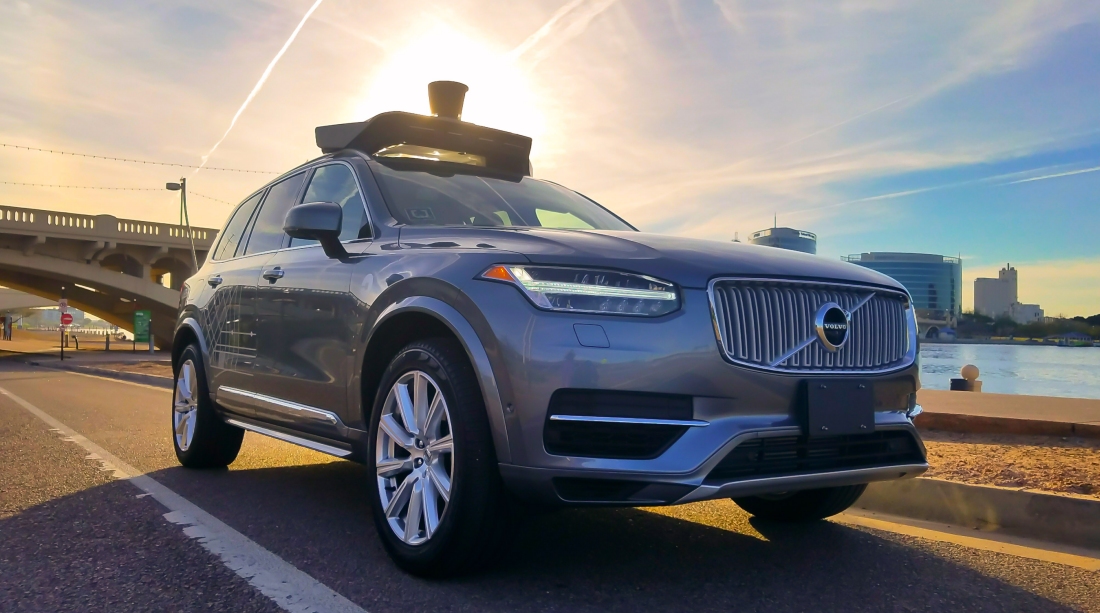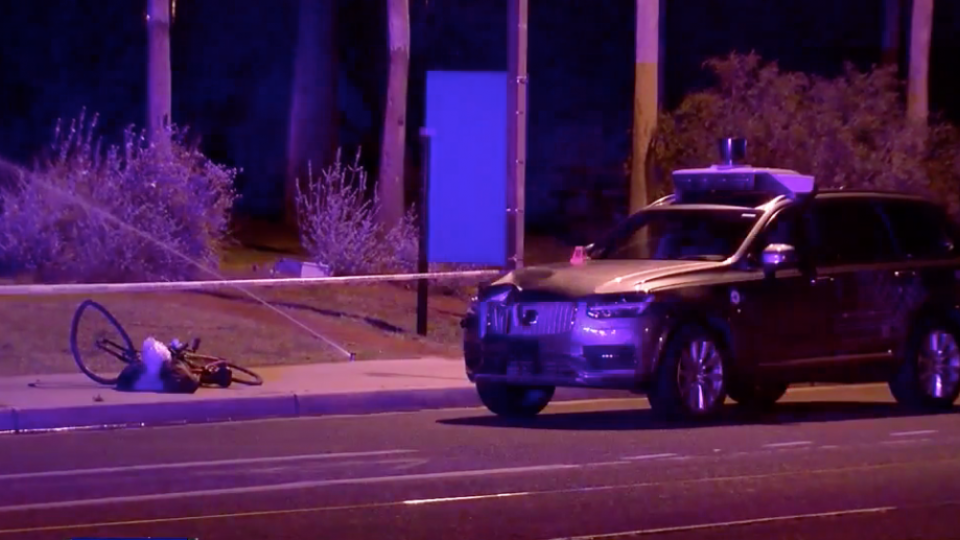
Police responded to a traffic accident in Tempe, Arizona, on Sunday night where it was discovered that an Uber SUV operating in self-driving mode had collided with a pedestrian. The individual, identified as 49-year-old Elaine Herzberg, was taken to a local hospital where she later died of her injuries.
According to a new report from the San Francisco Chronicle, Herzberg, who was pushing a bicycle encumbered with plastic shopping bags, abruptly walked from a center media into a lane of traffic where she was struck by the SUV. Authorities believe she may have been homeless.
Tempe Police Chief Sylvia Moir relayed to the publication that the driver said it “was like a flash, the person walked out in front of them.” According to the chief, the driver’s first alert to the collision was the sound of the collision.

The self-driving Volvo was traveling at 38 mph in a 35 mph zone and made no attempt to brake according to the preliminary investigation.
The Uber was equipped with at least two video cameras – one facing outward towards the street and another focused on the backup driver inside. Moir said that based on the video captured, “it’s very clear it would have been difficult to avoid this collision in any kind of mode (autonomous or human-driven) based on how she came from the shadows right into the roadway.”
The collision reportedly happened within 100 yards or so of a marked crosswalk. The police chief noted that it’s dangerous to cross roadways in the evening hours, especially when well-illuminated, managed crosswalks are available.
Investigators from the National Highway Traffic Safety Administration and the National Transportation Safety Board continue to look into the incident. For now, Moir said she doesn’t believe Uber would likely be at fault in the accident based on preliminary data but didn’t rule out the potential for charges to be filed against the Uber backup driver.
Police have not yet released videos from the Uber vehicle.
https://www.techspot.com/news/73793-tempe-police-chief-uber-not-likely-fault-fatal.html